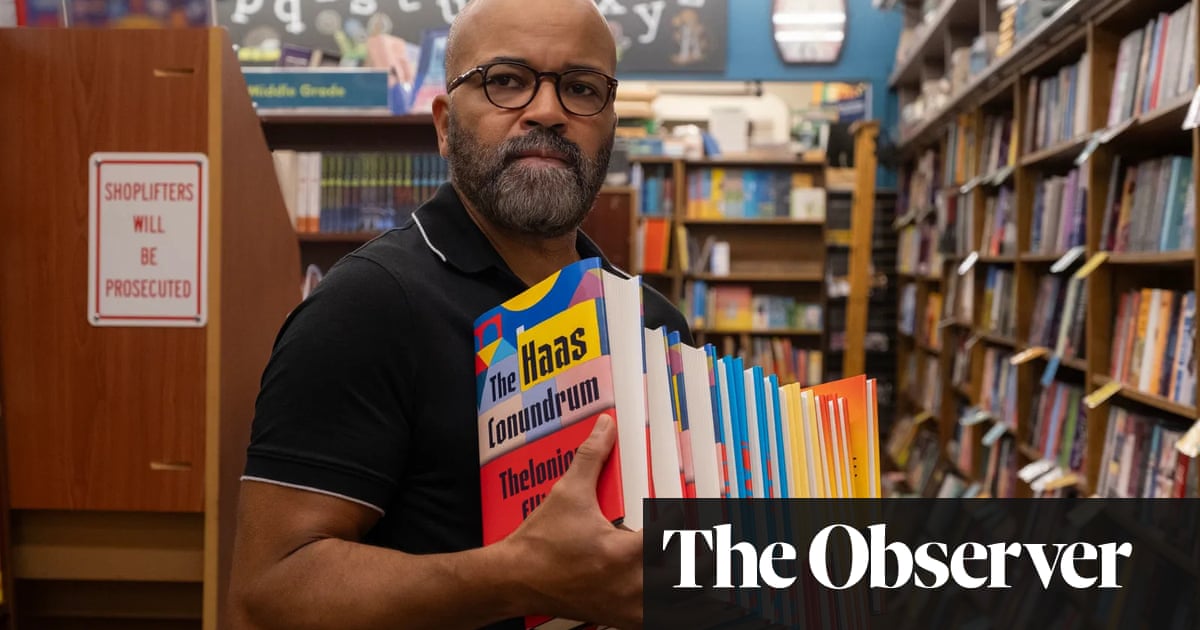
For Taylor Swift fans, a new album is never just an album. When she announced her 10th record Midnights in October, Swifties knew to expect a flood of Easter eggs, cryptic clues and mysteries in need of solving that would supposedly point to the record’s lyrical content, aesthetic and upcoming tour. Head to Reddit, Twitter or a specific corner of TikTok known as SwiftTok, and you’ll find fans analysing interviews, social media posts and the minutiae of her music videos, from the outfit colours and hairstyles to the significance of different buttons in an elevator in a music video. Each theory is backed up with Sherlockian levels of evidence: facts, figures, quotes and even the number of words used in social media posts all become pieces of a puzzle that may not even exist. It’s all part of the pop star’s plan: “I’ve trained them to be that way,” she has said.
This trail of breadcrumbs began with Swift’s 2006 self-titled debut album, the lyric booklet for which included a rudimentary code that would reveal who or what the songs were about, a practice she continued with 2014’s 1989. The music video for 2017’s Look What You Made Me Do was so overloaded with references and clues that Swift fans are still speculating about what details may or may not be hidden within it. They’re so well trained that they even find patterns that Swift has left unwittingly: prior to the release of 2019’s Lover album, theories proliferated over the significance of the number of holes in a fence in one Instagram post, which turned out to mean nothing at all.
The practice has recently gone turbo. Upon releasing the video for Midnights single Bejeweled, Swift admitted that it contained a “psychotic amount” of hidden messages. “We have a PDF file for the Easter eggs,” she said. “There are so many that we could not keep track.” (The many listicles it produced, however, did their best.) Meanwhile, her fans are currently convinced that she’s sitting on a secret album named Karma that she supposedly canned between the release of 1989 and Reputation.
A ringmaster of fan service – and the headlines it guarantees – Swift has solidified pop culture’s evolution into a game for fans to play. Today, it’s become common practice in pop music, with artists dropping cryptic teasers to facilitate scavenger hunts in which stans, blogs and Twitter news accounts such as Pop Crave aggregate perceived clues and titbits in a bid to solve whatever pop music mystery may be being laid. Turning artistic expression into a multiplayer game is, of course, a canny way of luring in eyeballs in a saturated media landscape, where new music is liable to slip into the soup of streaming if it doesn’t come with some additional bells and whistles. But few are as adept at it as Swift.
Sometimes this practice can be used for dramatic effect: enigmatic UK soul and R&B collective Sault recently announced that they were releasing five albums for free, which could be downloaded from a password-protected folder they said would disappear in five days. The password, the group said, was hidden in the accompanying announcement message uploaded on social media. Sault may be famously publicity shy, with producer Inflo refusing to give interviews or confirm who is actually in the band, but they clearly know how to play the game. The password was quickly cracked and shared online by music blogs and fans.
But it can also feel like a tired exercise in hype generation. US pop star Charlie Puth turned the creation of his latest album, Charlie, into an interactive experience, uploading what felt like never-ending behind-the-scenes content of him writing music “in real time” or arguing with label bosses about delivering the songs on time. Fans had to piece together various snippets of the single Light Switch in order to hear the entire track. Nearly three months of teasing and bantering on TikTok sucked the energy out of what was a promising single: upon its eventual official release it charted outside the Top 20 in both the UK and the US.
An audience’s appetite for puzzles can also threaten to overshadow the music. Olivia Rodrigo’s debut single Drivers License provoked a social media-led investigation into the breakup behind the ballad, which many speculated revolved around a love triangle involving her Disney castmates on High School Musical: The Reunion. This obsession felt like an extension of the popularity of the true-crime boom, as well as – and here we can come back to Swift’s contretemps with Kim Kardashian and Kanye West – the concept of “receipts”, the telltale signs public figures unwittingly reveal. It was only the strength of Rodrigo’s subsequent material, as well her relative silence on the subject, that shifted the narrative – for her, at least.
Joshua Bassett, the rumoured subject of her song, was not so lucky. The actor and singer spoke obliquely about the situation and dropped allusions to the situation in songs and music videos, but he couldn’t get ahead of the narrative that he was the heartbreaker. He now seems trapped in a media cycle where his subsequent music, and increasingly unfiltered interviews, are met with the expectation that more pieces to the puzzle will be revealed. Bassett, meanwhile, has said that the social media scrutiny severely impacted his health, resulting in heart failure, septic shock and a hospital stay.
It’s not the only case of social-media sleuthing turning sinister. During the height of the #FreeBritney movement, genuine concern for Britney Spears was inextricable from a worrying level of conspiracy theory. While certain elements of fan obsession, such as the idea Spears was being held against her will at a mental health facility, turned out to be true, other aspects felt outlandish and dehumanising even as they attempted to defend Spears’ agency: as if her life were a knot to unravel.
There is a recklessness, too, to the way that fans treat celebrities’ sexuality as if it is a code to be cracked. Some One Direction obsessives still fixate over the theory that Harry Styles and Louis Tomlinson were engaged in a secret gay relationship while in the band, despite both parties complaining about how intrusive it felt: in 2017, Tomlinson said that the conspiracy had negatively impacted his friendship with Styles. Shawn Mendes has made similar complaints, which nonetheless haven’t stopped the Twitter threads compiling “evidence” that he is gay. As with Rodrigo’s love-triangle theory, these situations are treated as just another case to be cracked, regardless of the damage that such intrusive analysis might cause.
Needless to say, treating art this way risks overshadowing the art itself. Swift’s strength as a songwriter mostly makes up for the excesses of a publicity strategy that masquerades as fan service, although Midnights marks the first time that the Easter eggs have crept into the music itself so flagrantly. As a loose concept album detailing “the stories of 13 sleepless nights scattered throughout my life”, it asks fans to retrofit songs into Swift eras that we already know about, occasionally offering a mature perspective on previously trodden ground but just as often reheating old beef. The muted pop sound, too, offers the nostalgic tinge of recognition of her 2010s pop breakout. For hardcore fans it can feel like a retread; though Midnights’ stratospheric sales figures suggest that this sort of familiarity is a winning formula.
A low-key backlash is building among fans and critics who are tired of these games. But Swift, at any rate, is unlikely to call it quits just yet. Within hours of the release of the Bejeweled video, numerous YouTube videos, Reddit threads and articles appeared analysing its Easter eggs, which also made headlines across the internet. She can’t help herself, and nor, apparently, can the public. “You know I love the players,” she sang on the 2014 single Blank Space. “And you love the game.”












